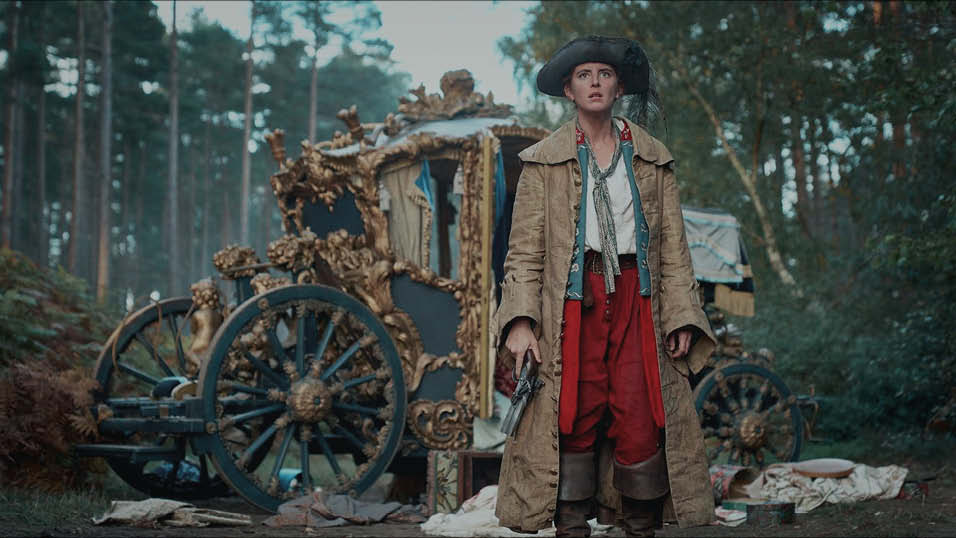In response to Televisual‘s recent feature showcasing good examples of stereoscopic 3d – which included Phillips The Foundling spot (pictured) – Markus Naegele, IT integration product manager at Panasonic Broadcast Europe emailed over his thoughts on what you need to consider when shooting in 3d…
“It has never been easier to hit the record button to begin shooting in 3d, but this increased accessibility to 3d equipment doesn’t necessarily mean the results will always be good quality. In fact, the opposite is true and there are several important considerations to take into account before, during and after any content is captured in 3d. The decisions made in each of these stages will have a direct impact on the quality of the outcome.
All the usual rules for good 2d filming apply while it is also necessary to think more about the end output, paying special attention to the screen size the content will be viewed on, the type of screen (plasma, projector etc), as well as specifics such as the angles involved in filming. Parallax, for example, is key to achieving the right 3d effect and an incorrect setting here will mean the background will show through twice in the final content.
The position of the convergence point will determine whether subjects come to the front or sink back into the screen. Some will know instinctively from looking through the viewfinder if the end result will be good enough, while others may need to view the content afterwards to understand how the settings used affect the capture.
What can be done at the post production stage in the production process is limited. In the interests of producing the best possible 3d, it’s preferable not to edit or make corrections at this stage. In the same way that prevention is better than the cure, those that are highly disciplined in the set-up and content capture phases of filming will benefit from the time they invest when it comes to the end result.
In summary, good 3d content is not a given. The ability to produce effective 3d depends on multiple factors such as the quality of the equipment used, ease of operation and the flexibility to amend key settings. Above all, it depends on a heightened awareness of filming in the third dimension and on the consequent need to take a holistic approach to the many variables that impact the final result.”
Staff Reporter
Share this story

















